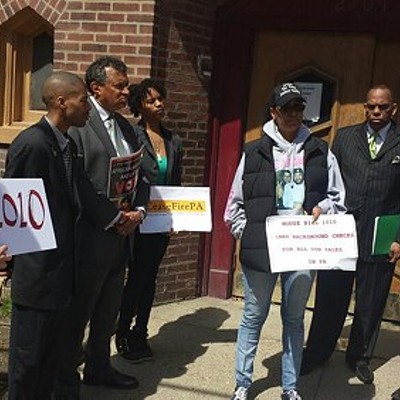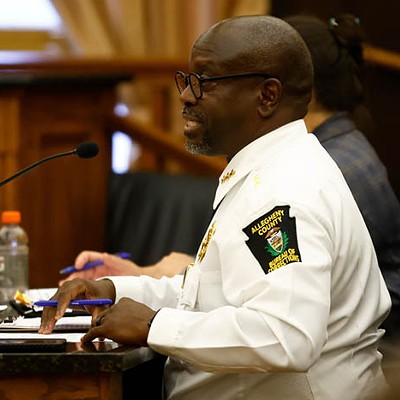Friday, April 18, 2014
Downtown Energy-Conservation Initiative Reports Results
The first results are in from one of the region’s more ambitious greening efforts, and it’s a matter of good news, bad news and not-quite-yet-news.
The Pittsburgh 2030 District, launched in August 2012 by the Green Building Alliance, wants participating buildings Downtown and on the North Shore to reduce their energy use, water use and transportation emissions by 50 percent by the year 2030.
Participation is voluntary; the program currently includes 40 property owners and 109 buildings, including both office buildings and landmarks like Heinz Field and the David L. Lawrence Convention Center. The District matches owners with “community partners” who provide technical assistance.
Yesterday, the District said that, as a group, building-owners are actually ahead of schedule on reducing energy usage: There’s been an 11.6 percent reduction below the baseline level, compared to the 2015 target of minus 10 percent, says District senior director Sean Luther.
And the sample is pretty big: The buildings whose energy use was tracked account for 52 percent of all Downtown square footage, says Luther. The energy saved is the equivalent of that used annually by about 7,700 homes, he says.
While the GBA didn’t break out the performance of individual buildings, participating building-owners include everyone from Allegheny County and the City of Pittsburgh to the Sports and Exhibition Authority, PNC Financial Services Group, Point Park University and real-estate firm CBRE. (The big name at yesterdays' public announcement of the results was County Executive Rich Fitzgerald, fresh off his meeting earlier that day with President Obama.)
On water, the 2030 District news was not so good: Overall usage actually increased, says Luther, with 72 percent of buildings reporting usage above the District’s baseline.
Luther said the big difference between energy usage and water usage “comes down to dollars and cents”: In water-rich Western Pennsylvania, he notes, electricity and gas are just plain costlier than water and sewage, and property owners can save more money faster by relatively easy fixes like lighting retrofits (as opposed, presumably, to things like replacing all one’s plumbing fixtures with low-flow models).
But because of pumping and filtering, saving water also saves energy, not just H2O. “We have a lot of work to do on water,” says Luther. Though he does note that with huge, federally mandated upgrades of the region’s sewer systems looming, “Water is going to to move to the forefront of the conversation very quickly.”
Reducing transportation emissions is also part of the 2030 scheme, but stats on that front won’t be available for some time: The GBA, says Luther, is still working on surveying Downtown employees to establish a baseline figure.
More details are in this press release: Local_Release_-_2030_Progress_Report__4.17_.pdf.
The Pittsburgh 2030 District, launched here by GBA executive director Mike Schiller, is one of a handful of 2030 initiatives in the country, including efforts in Los Angeles, Seattle, Denver and Cleveland.
Tags: Pittsburgh 2030 District , Green Building Alliance , Sean Luther , Mike Schiller , Rich Fitzgerald














